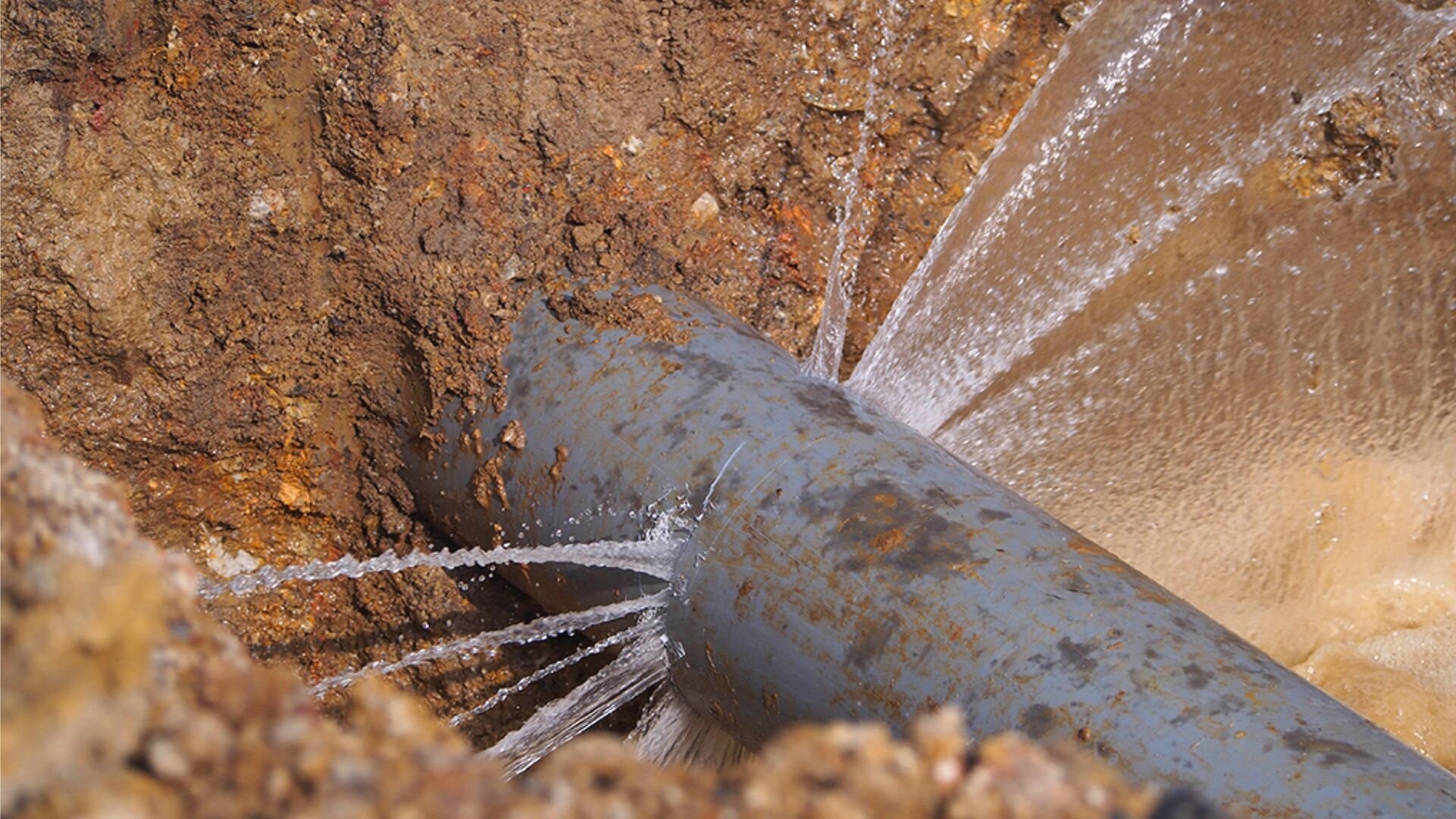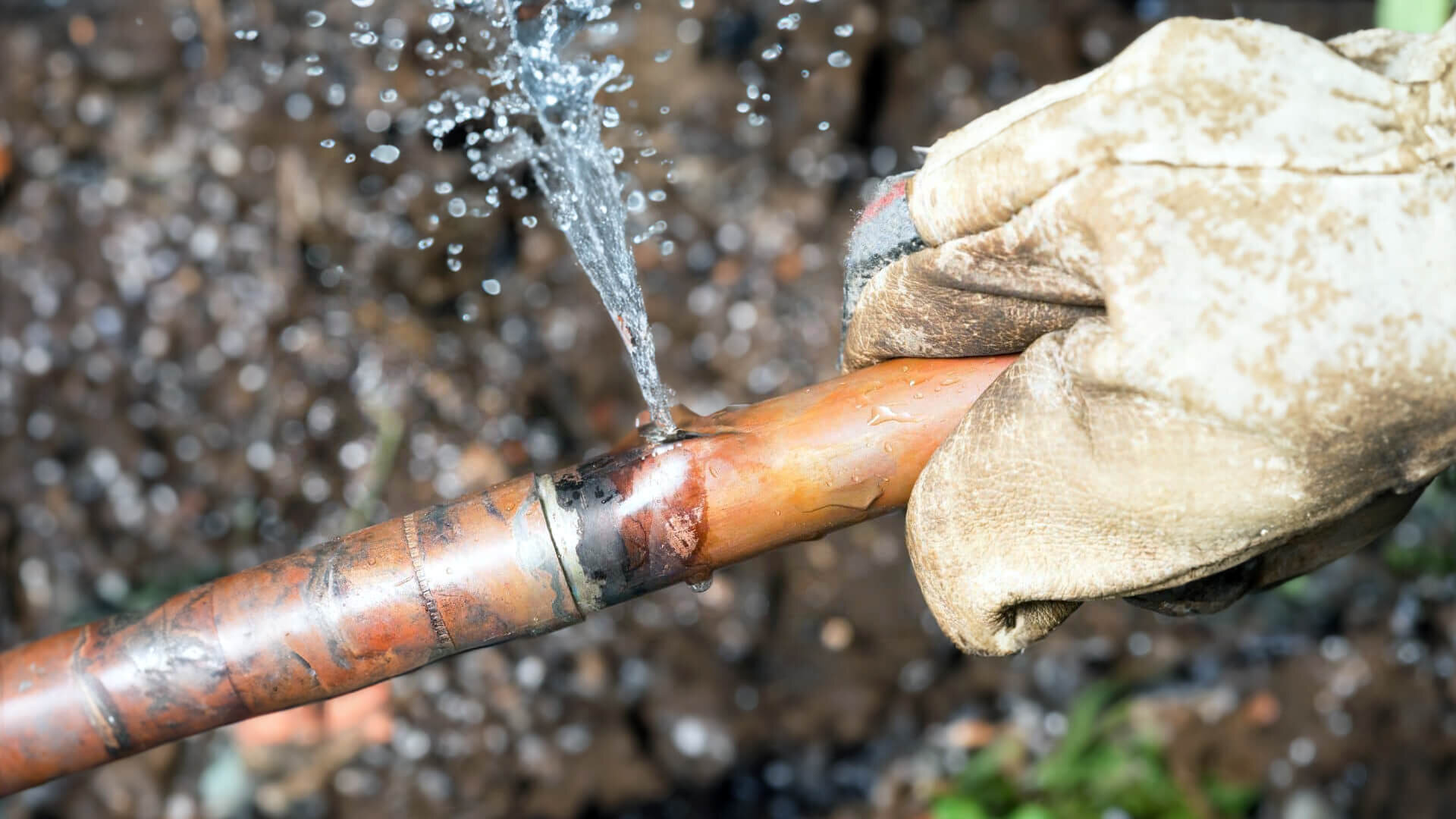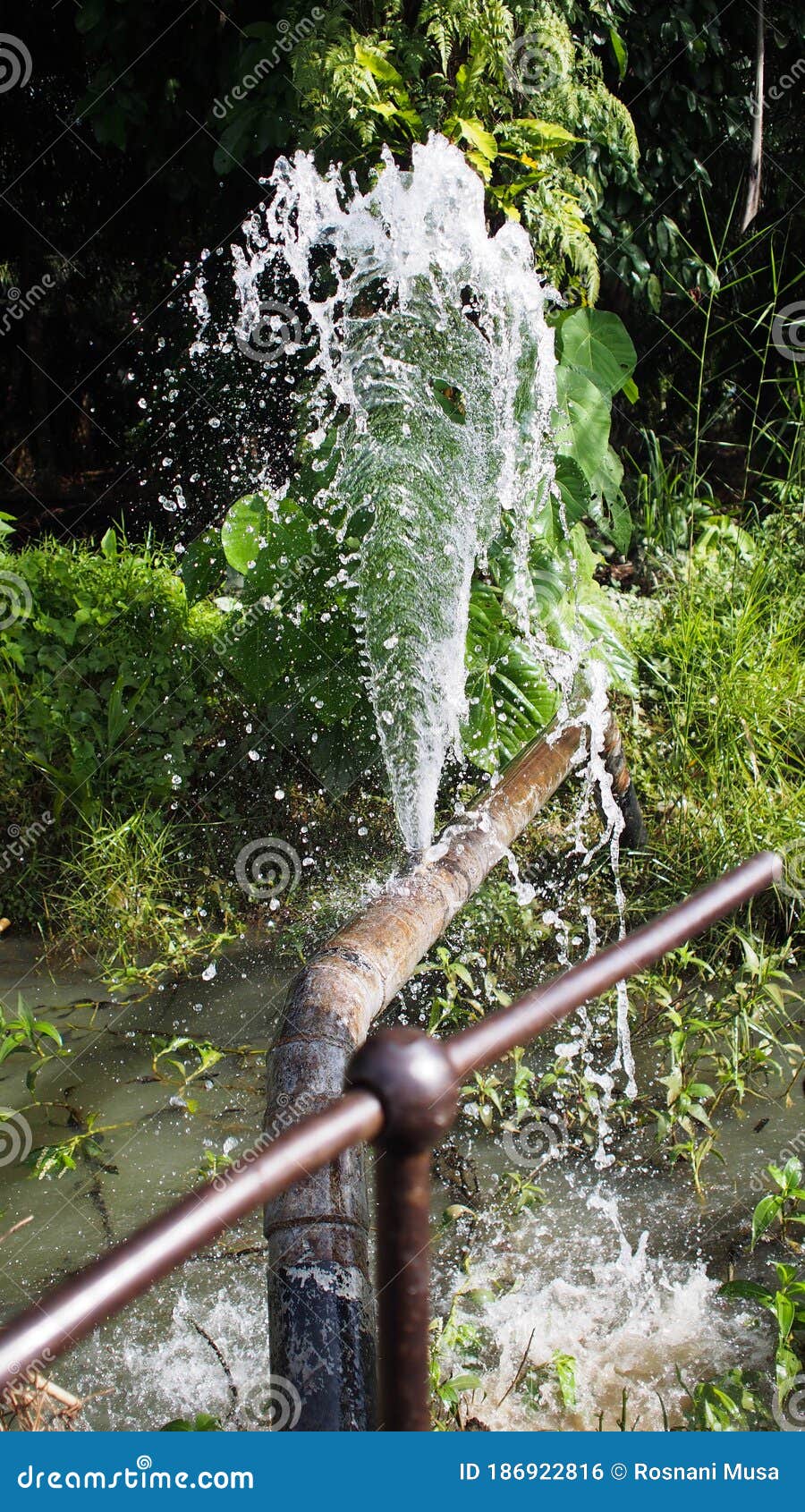Preventing a Burst Pipe: Tips for Protecting Your Plumbing During Winter
Preventing a Burst Pipe: Tips for Protecting Your Plumbing During Winter
Blog Article
Stopping Ruptured Piping: Crucial Tips to Secure Your Pipes
Avoiding ruptured pipelines is a vital issue for home owners, particularly throughout colder months when the danger of cold is heightened. Applying strategic steps such as correct insulation, routine examinations, and preserving consistent interior temperatures can considerably minimize the probability of pipe failure. In addition, understanding emergency situation procedures equips home owners to react promptly to prospective plumbing concerns. Many are not aware of the certain vulnerabilities that their pipes might deal with. Discovering these susceptabilities can offer important understandings right into securing your plumbing system effectively.
Understand Pipeline Vulnerabilities
Recognizing pipeline vulnerabilities is crucial for effective plumbing maintenance and preventing pricey damages. A number of factors add to the sensitivity of pipelines to ruptureds, consisting of material structure, age, and ecological problems. Older pipelines, particularly those made from galvanized steel or polybutylene, usually deteriorate over time, causing boosted risk of ruptures and leaks.
Temperature fluctuations can also dramatically effect pipeline honesty. In colder environments, water entraped in pipes can ice up, expanding and putting in stress on the pipe wall surfaces, which may ultimately cause a burst. Additionally, high water stress can strain pipes, especially at bends and joints, enhancing the likelihood of failing.

Insulate Pipes Properly
Proper insulation of pipelines is vital for avoiding cold and succeeding bursts during winter (burst pipe). Shielding your pipes system successfully safeguards against temperature level goes down that can bring about costly damage. Begin by identifying susceptible areas where pipes are exposed to exterior temperature levels, such as basements, attics, and exterior wall surfaces
Usage foam pipeline insulation sleeves or wrap insulation tape around these locations to give a protective obstacle. Guarantee that all areas of the pipes, especially those with restricted heat exposure, get appropriate insulation. Pay special focus to joints and installations, as these are extra prone to freezing.
When insulating, it's vital to pick products that satisfy local building regulations and are proper for the certain atmosphere. Fiberglass insulation is typically recommended for its thermal resistance residential properties. In addition, think about making use of warmth cords or tape in extreme conditions, which can be plugged in to give supplemental heat
Consistently check insulated pipelines for any type of indicators of wear or damages, as endangered insulation can diminish its effectiveness. By taking these positive steps, you substantially decrease the risk of pipeline ruptureds, ensuring a reliable pipes system throughout the winter months.
Maintain Constant Temperature Level
A steady interior temperature level is important for protecting against burst pipelines throughout the frigid months. When temperature levels drop, water within pipelines can ice up, increasing and developing pressure that may eventually cause the pipes to burst. To click to read minimize this threat, house owners must keep a regular temperature level throughout their home, ideally no reduced than 55 ° F(13 ° C)Using a programmable thermostat can assist manage indoor temperature levels properly, ensuring that rooms with plumbing stay warm even when your house is empty. Pay special focus to areas that are extra at risk to chilly, such as cellars, attics, and garages. Keeping closet doors open under sinks can also permit warmer air from the home to flow around pipes.
This minor flow of water can stop cold by easing pressure within the pipes. By applying these strategies, house owners can significantly minimize the threat of pipe ruptureds and secure their plumbing systems versus the rough winter season elements.
Regularly Examine Plumbing
Normal examinations of plumbing systems are essential for avoiding ruptured pipelines and keeping overall home honesty. Regular checks allow property owners to recognize prospective issues before they escalate right into pricey repair work or significant water damage. Throughout these examinations, it is necessary to analyze noticeable pipes for indicators of corrosion, leakages, or use. Pay special interest to areas prone to freezing, such as basements, attic rooms, and outside walls.
Additionally, inspecting joints and connections is crucial, as these factors are often at risk to leaks. Home owners must additionally assess water stress degrees, as excessive stress can stress the plumbing system and increase the risk of pipe ruptureds.
Take into consideration organizing expert plumbing assessments at least when a year, particularly prior to winter months, to guarantee your system is prepared for cooler temperatures. Normal examinations not just help in identifying immediate worries yet additionally foster lasting upkeep strategies that can boost the life-span of your pipes system. By being aggressive in your technique, you can protect your home against the pricey and turbulent consequences of burst pipelines. Prioritizing pipes assessments is a financial investment in your home's health and wellness and safety. go to the website
Know Emergency Situation Treatments
Understanding emergency treatments is essential for every home owner, particularly after performing regular pipes inspections. Being prepared for a plumbing emergency can dramatically reduce damages and save costs.
Following, maintain important tools convenient. A plumbing emergency situation set ought to include a wrench, bettor, and towels, along with a flashlight and a pail for little leakages. Furthermore, think about having the get in touch with details for a trusted plumbing technician conveniently available, must the situation intensify past your control.
If you identify a leak or ruptured pipeline, immediately turn off the water system and inform your plumber. Moreover, document the damage with photographs for insurance coverage objectives. burst pipe. Recognize the signs of prospective plumbing concerns, such as unusual water stress fluctuations or damp areas on wall surfaces
Inevitably, positive knowledge and speedy action are important in handling pipes emergency situations, ensuring your home continues to be safeguarded and decreasing possible damage.

Final Thought
Finally, preventing burst pipelines necessitates a complex method that includes understanding pipeline vulnerabilities, correct insulation, preserving constant interior temperatures, regular assessments, and understanding of emergency treatments. By implementing these vital strategies, the danger of pipes failings can be significantly minimized, consequently ensuring the durability and effectiveness of the pipes system. Proactive steps not only secure versus prospective damage yet likewise add to overall water conservation and the security of building.
In chillier environments, water caught in pipelines can ice up, broadening and applying pressure on the pipe walls, which might eventually lead to a ruptured. When temperature levels decline, water within pipelines can freeze, creating and expanding pressure that may eventually trigger the pipes to burst. By implementing these strategies, homeowners can significantly decrease the risk of pipeline ruptureds and guard their pipes systems versus the rough wintertime aspects.

Report this page